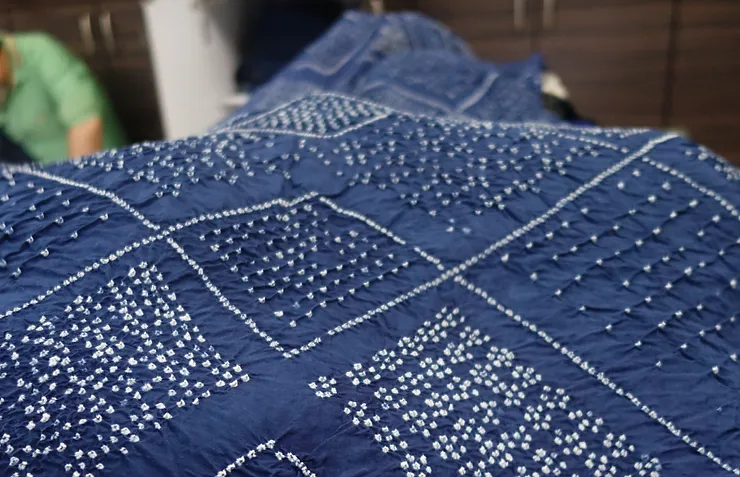synthetic indigo dye
The Evolution and Significance of Synthetic Indigo Dye
Indigo dye has fascinated humanity for centuries, serving as one of the most important dyes in textile history. Traditionally derived from the Indigofera plant, the process of extracting natural indigo is labor-intensive and time-consuming. However, the late 19th century ushered in a new era with the creation of synthetic indigo, revolutionizing the dye industry and the way we perceive color in our textiles.
Synthetic indigo dye was first synthesized in 1878 by the German chemist Adolf von Baeyer, who later received the Nobel Prize in Chemistry in 1905 for his work on the structure and synthesis of indigo. The development of synthetic indigo marked a significant milestone as it provided a more accessible and cost-effective alternative to natural indigo. The new synthetic dye became immensely popular in the textile industry, particularly in the production of denim, which is still a staple in fashion today.
The Evolution and Significance of Synthetic Indigo Dye
The widespread adoption of synthetic indigo had significant economic implications. Industries could scale production, reduce costs, and meet the burgeoning demand for dyed fabrics that accompanied the rise of ready-to-wear clothing in the 20th century. The introduction of synthetic indigo into the market also diminished the status of natural indigo, resulting in a decline in cultivation of indigo plants and a shift in agricultural practices in many regions historically known for their indigo production.
synthetic indigo dye

However, the environmental impact of synthetic indigo production has come under scrutiny in recent years. The primary method for producing synthetic indigo involves chemical processes that can be harmful to both the environment and human health. The need for more sustainable alternatives has led to a resurgence of interest in natural dyes, prompting a movement among some textile artists and manufacturers to explore environmentally friendly practices. This has led to a reevaluation of the merits of both synthetic and natural indigo, as well as the implementation of greener manufacturing methods.
While synthetic indigo remains a dominant player in the dye industry, the emergence of eco-conscious consumers has prompted companies to consider the full lifecycle of their products, from the sourcing of raw materials to the environmental footprint of the dyeing process. Innovations in biotechnology are also paving the way for a possible future where synthetic indigo can be produced more sustainably, perhaps through microbial fermentation or plant-based methods that minimize environmental impact.
In addition to its economic and environmental aspects, synthetic indigo also holds cultural significance. The deep blue hue of indigo is associated with various cultural traditions around the world, from the celebrated Japanese shibori techniques to the vibrant textiles of West Africa. Synthetic indigo has facilitated the continuation and evolution of these practices, allowing artisans to maintain traditional methods while utilizing modern materials.
In conclusion, synthetic indigo dye represents both a remarkable scientific achievement and a complex narrative of industry, culture, and environmental responsibility. As we navigate the challenges of the 21st century, the conversation around synthetic indigo will likely evolve further, balancing technological advancement with sustainability and cultural heritage. Whether one prefers the rich history of natural indigo or the modernity of its synthetic counterpart, the appreciation for indigo’s beauty and versatility endures, ensuring its place in the world of textiles for generations to come.
-
The Timeless Art of Denim Indigo Dye
NewsJul.01,2025
-
The Rise of Sulfur Dyed Denim
NewsJul.01,2025
-
The Rich Revival of the Best Indigo Dye
NewsJul.01,2025
-
The Enduring Strength of Sulphur Black
NewsJul.01,2025
-
The Ancient Art of Chinese Indigo Dye
NewsJul.01,2025
-
Industry Power of Indigo
NewsJul.01,2025
-
Black Sulfur is Leading the Next Wave
NewsJul.01,2025

Sulphur Black
1.Name: sulphur black; Sulfur Black; Sulphur Black 1;
2.Structure formula:
3.Molecule formula: C6H4N2O5
4.CAS No.: 1326-82-5
5.HS code: 32041911
6.Product specification:Appearance:black phosphorus flakes; black liquid

Bromo Indigo; Vat Bromo-Indigo; C.I.Vat Blue 5
1.Name: Bromo indigo; Vat bromo-indigo; C.I.Vat blue 5;
2.Structure formula:
3.Molecule formula: C16H6Br4N2O2
4.CAS No.: 2475-31-2
5.HS code: 3204151000 6.Major usage and instruction: Be mainly used to dye cotton fabrics.

Indigo Blue Vat Blue
1.Name: indigo blue,vat blue 1,
2.Structure formula:
3.Molecule formula: C16H10N2O2
4.. CAS No.: 482-89-3
5.Molecule weight: 262.62
6.HS code: 3204151000
7.Major usage and instruction: Be mainly used to dye cotton fabrics.

